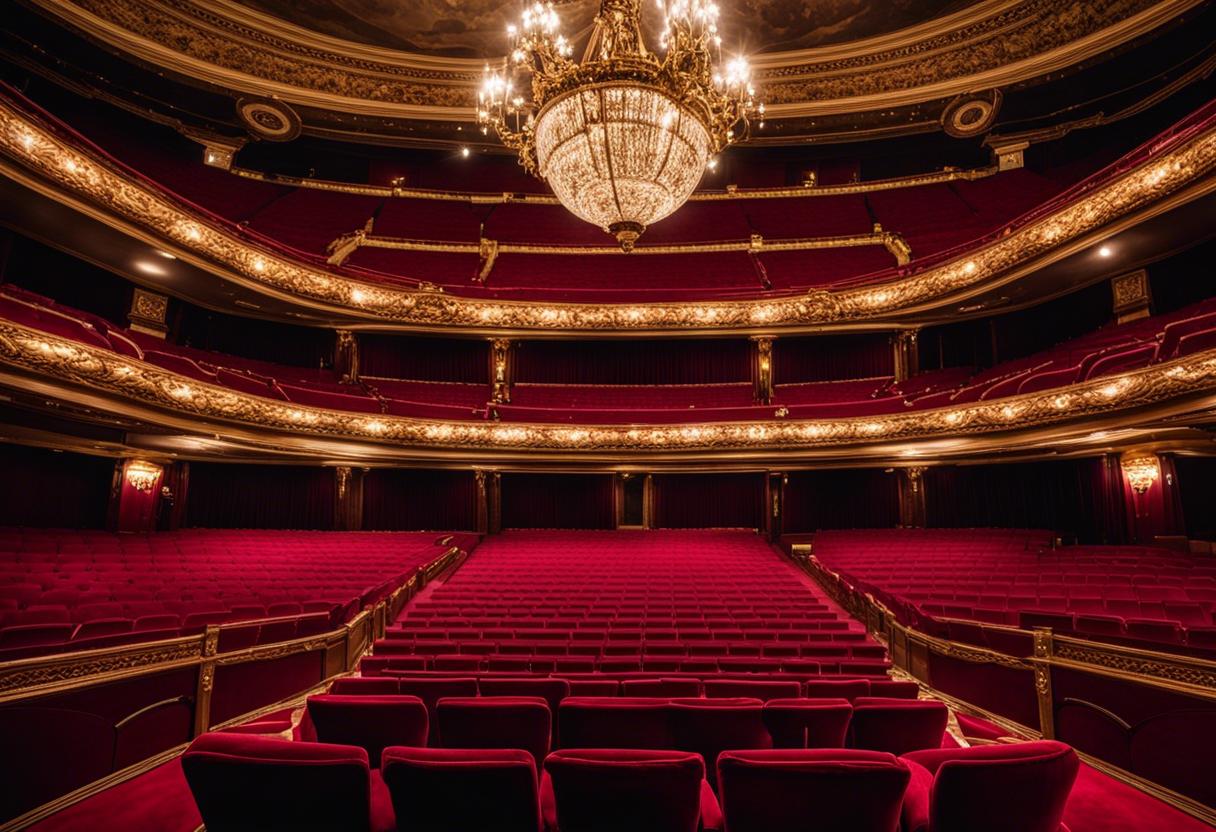“The Traviata, the concluding installment in the Irish National Opera’s current slate, took to the stage at the National Opera House in Wexford, soon to grace Dublin and conclude with a brief stint in Cork. Following the roaring successes of La Bohème, Salome and L’Olimpiade by Vivaldi in collaboration with the Irish Baroque Orchestra, La Traviata provided a more varied reception.
The strongest elements include notable vocal performances from the trio of lead roles: the tandem of Violetta and Alfredo and the meddlesome Giorgio Germont, Alfredo’s father. Notwithstanding initial struggles with high notes during the opening night, Brett Polegato’s robust yet intricate portrayal of Germont was well received. His initially brusque demeanour towards unfortunate Violetta, whom he urged to leave his son, mellowed considerably, making for a captivating performance. Applying his classic bel canto with apparent ease and grace, Mario Chang gives an engaging performance as Alfredo, his mellifluous voice perfectly mirroring his character’s love.
Violetta, the most musically rigorous role by Verdi’s design, was conveyed admirably by Amanda Woodbury, tackling every challenge head-on showcasing her powerful and vibrant voice. The celebrated drinking song in the first act, the heart-rending fracturing of joy in the second act brought about by Germont’s interference, and the blend of soft whispers and forceful proclamations in the third act’s climax were all sung beautifully.
However, these impressive singing performances were somewhat diminished due to the poor chemistry between the lovers onstage, disturbing the connective tissue of the storytelling. Their interactions were characterized by an absence of emotional depth, stiffness and lack of spontaneity, which radiated unease amongst the audience, straining the willing suspense of disbelief.”
The arrangement of the set mainly succeeds in capturing the intended spirit. Both director Olivia Fuchs and designer Katie Davenport of the production beautifully portray the opulence and decadence of the party-loving Parisian elite in the mid-18th century. Their design cleverly transitions from a bedroom, to a dance floor and then a rustic house. The brassiness of the production is evident on Wexford’s stage as the vivacious, extravagantly clothed choir often appeared clustered. They aptly represent the self-indulgent society that seems to prioritise only their own pleasure. However, the persistent exposure of Violetta’s hospital-like metallic deathbed through all three acts, including when it’s hanged above in the second act, doesn’t fully persuade.
A blip also exists in the orchestration, initial minor slippages in the instrumental harmony become a nagging issue as they keep reoccurring. This contrasts with the conducting of Killian Farrell, which is detailed, economical and driven, without losing accuracy. While the orchestra keeps up with him regarding aspects like balance – ensuring the play doesn’t overpower the singing – and adheres to the overall pace of the opera’s rhythm, the orchestra’s discordance is hard to dismiss.
Performances of La Traviata by the Irish National Opera are scheduled to continue at Dublin’s Gaiety Theatre—from Tuesday, May 21st to Saturday, May 25th—and at Cork Opera House on Wednesday, May 29th, and Friday, May 31st. Visit the INO’s website for updates on cast changes slated for Wednesday, May 22nd and Friday, May 24th and alterations to the conductor on Friday, May 31st.

